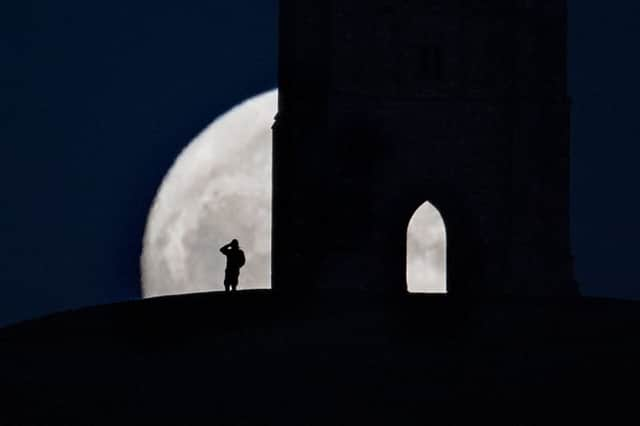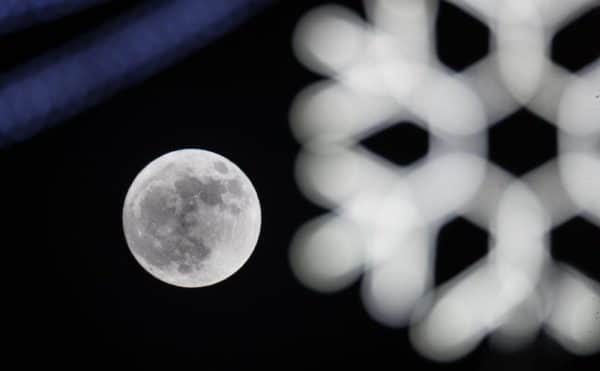A full 'Wolf Moon' is coming at the end of January - how to see it where you live


As the nights remain long – though they are getting shorter – and the air crisp, sometimes it can be nice to step out into a bracing winter’s night.
January’s already delivered plenty of those already, but tonight (28 January), the country will be subject to some bright moonlight.
Advertisement
Hide AdAdvertisement
Hide AdThat's because that’s when the first full moon of 2021 occurs.
But how can you see it, when exactly will it be full – and just why is January's full moon called a 'Wolf' Moon?
Here is everything you need to know.
What is a 'Wolf' Moon?
The majority of pre-modern calendars used the moon as the basis for the names of their months, a convention ended by the introduction of the solar Julian and Gregorian calendars.
In modern times, the moons have developed new names, the majority of which have roots attributed to Native American traditions. They tend to hold particular resonance with the time of year in which they fall, and have gained ground in American folklore in recent years.
Advertisement
Hide AdAdvertisement
Hide AdIt’s thought these names are "Colonial American", and were adopted from the Algonquian languages of the native peoples who lived in the area of the country which is now New England.
But January’s “Wolf Moon” is thought to have been named by both Europeans and Native Americans because of the lupine howling which haunted the midwinter across the northern hemisphere.
Will it look any different?
The moon will not appear any different to how it normally does when it’s in its full phase.
The name ‘Wolf’ simply derives from the time of year, and has no bearing on what the lunar body will actually look like in our sky.
When is the January full moon?
Advertisement
Hide AdAdvertisement
Hide AdThe January full moon will be in the skies above the UK tonight – the evening of Thursday 28 January.
It will rise just after 4pm, and will technically be at its fullest just over three hours later, around 7.15pm.
It won’t set again until 8am the next morning, so you’ll have plenty of time to observe it over the course of the night.
How do I see it?


As usual, the full moon will be perfectly visible to the naked eye, and all you need to see it is clear night skies, something that can be hard to come by in the January skies of the UK.
Advertisement
Hide AdAdvertisement
Hide AdAt the time of writing, the Met Office are forecasting rain and overcast conditions for most of the country, though they do say that by tonight, evening rain will be followed by clear spells and showers, so you could get a chance to spot the full moon yet.
Those in Scotland may not have much luck though, with the forecast there predicting “most” of country to be subject to “rain and hill snow” this evening.
A version of this article originally appeared on our sister title, the Scotsman